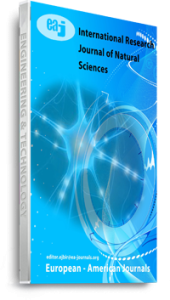Zooplankton in seawater samples collected from two wave-breaking regions at the rocky shores of Al-Satah and Al-Warsh, and the shore of a brackish lagoon (Um-Hufayan) devoid of strong waves, during summer, fall, winter, and spring 2019/2020, and filtered through 600µ. 300µ. 75µ, and 40µ sieves stacked on top of each other, were investigated qualitatively and quantitatively. The repeated bombardment of waves on rocky shores of Al-Satah, Al-Warsh, that normally continue for days, had no deleterious effect on plankton. Altogether, 45 zooplankton species or lower-taxa were encountered during the study, the overall concentration of zooplankton was 23199 to 23764 individuals per m3. Zooplankton diversity indices by major-group or major-taxon, species or lower-taxa, site, season, and sieve mesh were established and discussed in terms of salinity, runoff regime, type of bottom substratum and hydrographic conditions of waves and winds. In general, the descending order of zooplankton richness by the number of species per major-groups or major-taxa was Arthropoda, Protozoa, Chordata, Coelenterata (Cnidaria and Ctenophora), Mollusca, Annelida, Gelatinous species, Rotifera, Nematoda, Chaetognatha, and Echinodermata. Abundance by the number of individuals per major-groups or major-taxa was of the order Arthropoda, Protozoa, Mollusca, Annelida, Chordata, Platyhelminthes, Coelenterata, Nematoda, Rotifera, Chaetognatha, Echinodermata, and Gelatinous species.
Citation: Nesreen Ahmed Atea, Sayed Mohamed Ali, Ramadan A. S. Ali(2022) Some traits of zooplankton in the wave-breaking region of rocky and sandy shores of the eastern Libyan Mediterranean Sea, International Research Journal of Natural Sciences, Vol.10, No.1, pp.1-21
Keywords: Mediterranean Sea, Phytoplankton, SURF, Zooplankton, micro-plastics, wave-breaking

